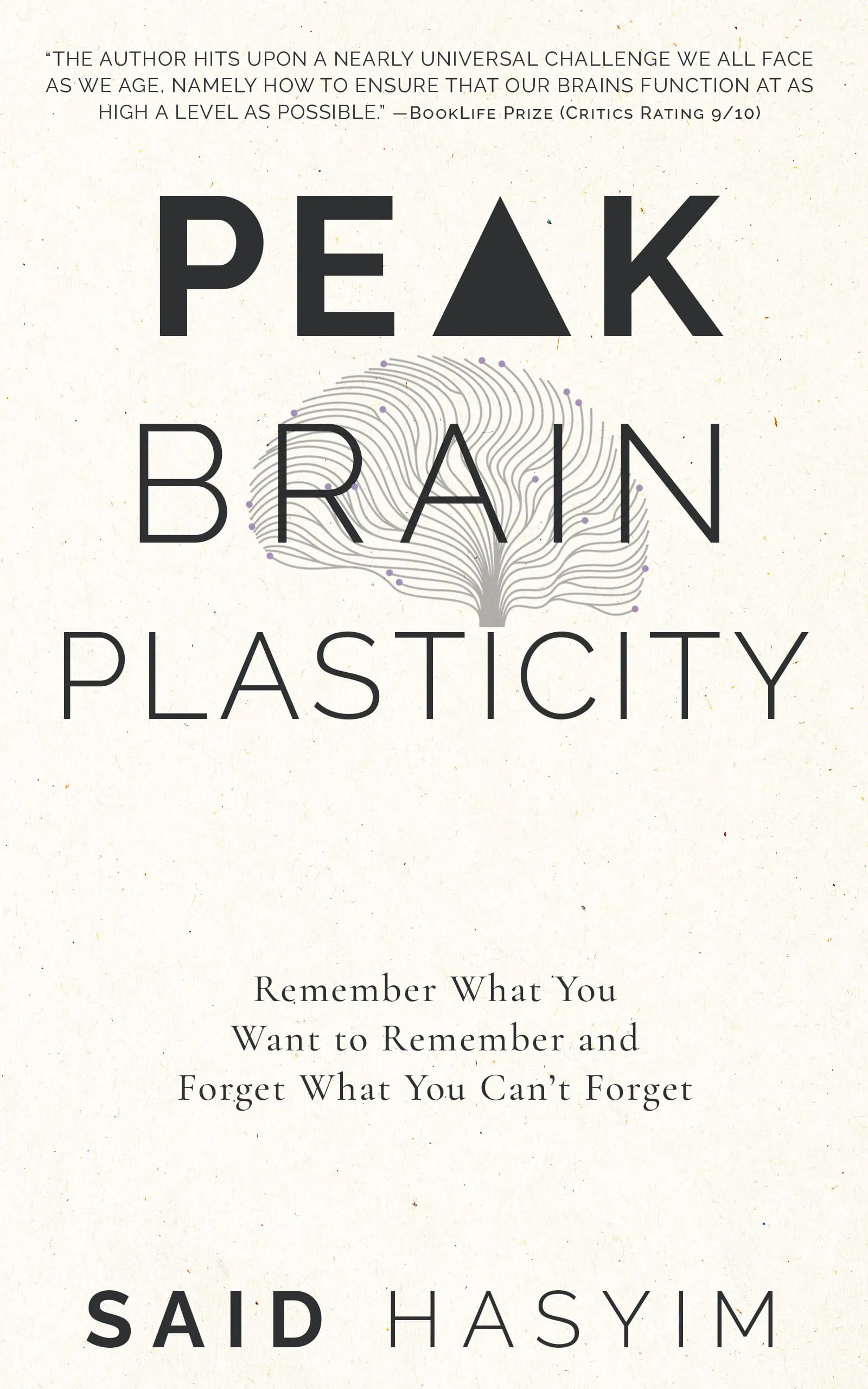Strategies for Developing a Memory-Friendly Work Place
In today's fast-paced work environments, memory plays a pivotal role in how efficiently we perform our tasks. A memory-friendly workplace not only enhances productivity but also contributes to employee well-being and satisfaction. This blog post outlines various strategies to create a workplace that supports and improves memory retention among employees.
Understanding Memory in the Workplace
Before diving into strategies, it’s essential to understand how memory influences work processes. Memory can broadly be categorized into:
- Short-term Memory: This involves the temporary storage of information we need for immediate tasks.
- Long-term Memory: This is where we store information that we need to recall over extended periods.
Designing a memory-friendly workplace involves addressing both types of memory, ensuring that employees can easily access the information they need and retain knowledge over time.
Strategies for Developing a Memory-Friendly Workplace
1. Optimize the Physical Environment
Create Organized Spaces: Cluttered workspaces can overwhelm the brain, making it hard to focus and remember tasks. Encourage an organized workspace by providing storage solutions such as cabinets, filing systems, and designated areas for shared resources.
Implement Color Coding: Use different colors for various departments or projects, which can help employees categorize and remember tasks visually. This allows for quicker recognition and retrieval of information.
2. Emphasize Clear Communication
Clear Instructions: Always provide clear, concise instructions in writing. This reduces cognitive load and enables employees to process information more effectively.
Limit Information Overload: When sharing information, focus on key messages, and avoid overwhelming employees with too many details at once. Use bullet points and highlights to draw attention to crucial aspects.
3. Use Technology to Enhance Memory
Reminder Tools: Encourage the use of digital tools and applications designed for task reminders, note-taking, and calendar management. Programs like Google Calendar, Trello, and Asana can help employees keep track of their responsibilities and deadlines effectively.
Cloud Storage for Documentation: Storing documents in the cloud allows for easy access and sharing. Ensuring that all team members can access essential information without the need to memory-check who has what file will free cognitive resources.
4. Foster a Culture of Knowledge Sharing
Regular Training Sessions: Organize workshops and training sessions, which not only help disseminate information but also reinforce learning through repetition and practice.
Mentorship Programs: Pairing experienced employees with newer ones can facilitate knowledge transfer and create a supportive environment for learning. This relationship fosters retention as newer employees engage and connect with the shared experiences of their mentors.
5. Encourage Written Reflections
Journals and Notes: Encourage employees to maintain journals or bullet points from meetings. Writing things down helps reinforce memory and provides a reference they can revisit. Consider introducing a ‘Lessons Learned’ platform where employees can document insights and experiences.
6. Promote Regular Breaks
Implement Break Schedules: Encourage employees to take short breaks throughout the day. Studies suggest that regular breaks can boost concentration and improve memory by allowing the brain to recharge.
Mindfulness Activities: Introduce mindfulness practices like meditation or simple breathing exercises. These can improve focus, enhance emotional regulation, and clear mental clutter, allowing for better information retention.
7. Create a Supportive Team Environment
Team Building Activities: Encourage a collaborative workplace through team-building exercises, which can foster stronger interpersonal relationships and create environments where memory can thrive. Working closely with others can facilitate informal knowledge sharing as well.
Recognize and Reward: Acknowledging employee efforts and achievements boosts confidence and motivation. Recognition can help employees remember their contributions and the context in which they performed.
8. Encourage Healthy Lifestyles
Promote Nutrition and Hydration: Create awareness about the importance of a healthy diet. Ensure that healthy snacks and hydration options are available in the workplace, as proper nutrition significantly impacts cognitive functions, including memory.
Fitness Programs: Provide access to fitness programs or on-site gyms. Physical activity is linked to improved cognitive functions and hence better memory.
Conclusion
Creating a memory-friendly workplace requires a multidimensional approach that addresses various aspects of the work environment, communication, technology, culture, and employee well-being. By implementing these strategies, organizations can foster an atmosphere where employees feel supported and motivated, ultimately leading to enhanced productivity and job satisfaction. Remember, fostering a memory-friendly culture is not a one-time initiative but an ongoing commitment that, when nurtured, will yield significant rewards over time.
Encourage a workplace where knowledge is shared, memories are built, and employees can thrive!
Harness the Power of Neuroplasticity
Discover Peak Brain Plasticity, a practical book to harnessing neuroplasticity. Enhance your memory, learn new languages quickly, and alleviate anxiety with effective study methods. Uncover daily habits that impact cognitive health and explore techniques for accelerated learning and memory retention. Unlock your brain's potential for growth and transformation.
